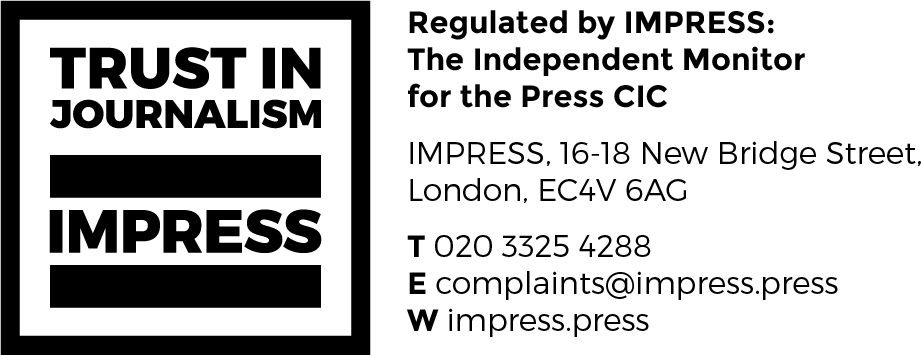Flagship: Diversity, how far have we come?

SONY DSC
Superyachting has, by its own admission, been slow to diversify its workforce. A typical yacht still features a predominantly Caucasian crew, with women working inside and men out on deck.
However, over the past 10 years ripples of change have begun. Increased awareness by campaigning organisations such as She of the Sea and new opportunities through sponsored training programmes are building foundations for a new era in a once exclusively male industry. Whilst there is still some way to go before any kind of balanced is reached, there’s no doubt a sea change has begun.
Launched this month is the Edmiston Foundation, a £120,000 partnership between the superyacht brokerage and United Kingdom Sailing Academy (UKSA), which aims to give young people from all demographics an opportunity to train and pursue a career in the maritime sector.
UKSA, chief executive, Ben Willows, told Superyacht Investor: “This exciting collaboration with Edmiston means together we can deliver a significant impact in providing these opportunities to deserving young people whilst driving a meaningful cultural change to improve diversity in the maritime sector.”
‘Opportunities to deserving young people’
UKSA welcomes more than 10,000 young people each year. Willows said he has seen diversity grow throughout the maritime sector – including some areas of superyachting, but not all. This and the aim to increase levels of wider diversity, in terms of ethnic background, are two key reasons why USKA has partnered with Edmiston.
“We recognise you can do this once, you can get a couple of case studies but that doesn’t equate to any meaningful or systemic change. We want to get this happening over a longer period which means you start to outreach into those [deprived, often inner city] communities. It’s those communities we need to support and get them to recognise there are viable, really good employment opportunities in this sector,” said Willows.
By increasing diversity, the superyachting sector will benefit from an influx of newly-trained young professionals who are being selected from a previously untapped talent pool.
She of the Sea founder, Jenny Matthews has been in the superyacht industry for 12 years. She believes that the Edmiston Foundation will be the first of many. “Initiatives like this are a crucial step in the bigger picture. Creating long-term investment in the talent pipeline is one of the most important aspects – from recruitment to retention to progression.”
In terms of women entering the industry, Matthews said those arriving now have different aspirations to their predecessors – such as practical roles as deckhands and engineers.
‘Yes, things are starting to shift’
“Conversely, can we say the same for men wanting to work in the interior? Or anyone with a racial, ethnical, religious or socio-economic background – that we can all acknowledge are extremely underrepresented? What about the LGBTQ community? Essentially, I think we can say that yes, things are starting to shift, and we have the generation of trailblazers to thank for getting the ball rolling, but we certainly have a long way to go and a lot to gain,” said Matthews.
For captain Iain Flockhart superyachting should only “include those who belong in it”. By this he means if you have got what it takes regardless of your race, age, sexuality then you belong in the industry. “If you do not possess the right qualities to do the job well, then perhaps you don’t belong. But race, gender, sexual orientation should not be factors that impede anyone.”
Flockhart is interested to see how the Edmiston Foundation fairs, hoping it could benefit a number of a disadvantaged young people. However, he fears: “The significant prejudices that remain with many owners and captains will still present the largest challenge for many crew which sadly may prove insurmountable in the foreseeable future.”
On the other hand, Tim Clarke, co-founder, Quay Crew, said he has witnessed far more diversification amongst crew than there was 15 years ago. “We are seeing an increase in the number of females in deck and engineering roles, which are traditionally male dominated departments, and vice versa with male candidates and the interior.”
‘Majority of crew come from a middle to upper class’
The main barriers to increased diversity are money and a wider understanding of how to enter the industry, said Clarke. In the UK it costs anything from £700 to £1,000 to get the required STCW and ENG1, which are basic safety and medical certifications. Most jobs are then in France or Spain and so young people then need to relocate, which for most is not feasible.
“The majority of crew come from a middle to upper class background, particularly if they are British or South African. When I was 18 years old, I had never heard of the industry and got lucky as we had family friends who had worked in it. Otherwise I would have stumbled through life and would never have been exposed to it. Yachting needs to be an option which people hear about at school or college,” concluded Clarke.
The answer as to how we become more diverse is not a simple one, luckily however there is a set of instructions from Matthews.
“To see real change, we must first understand the reason we are where we are. We must then understand what there is to gain and then how we get from A to B. We’re here in a system we have all co-created and perpetuated. To create systemic change, it is never going to be the sole responsibility of one sector, person or organisation, and it’s not going to happen overnight.
“This journey requires consistent, educated, united industry-wide action. It also requires empathy, understanding and recognising that nobody is expected to be perfect right away, but you must show up, or risk getting left behind.”
Subscribe to our free newsletter
For more opinions from Superyacht Investor, subscribe to our email newsletter.

